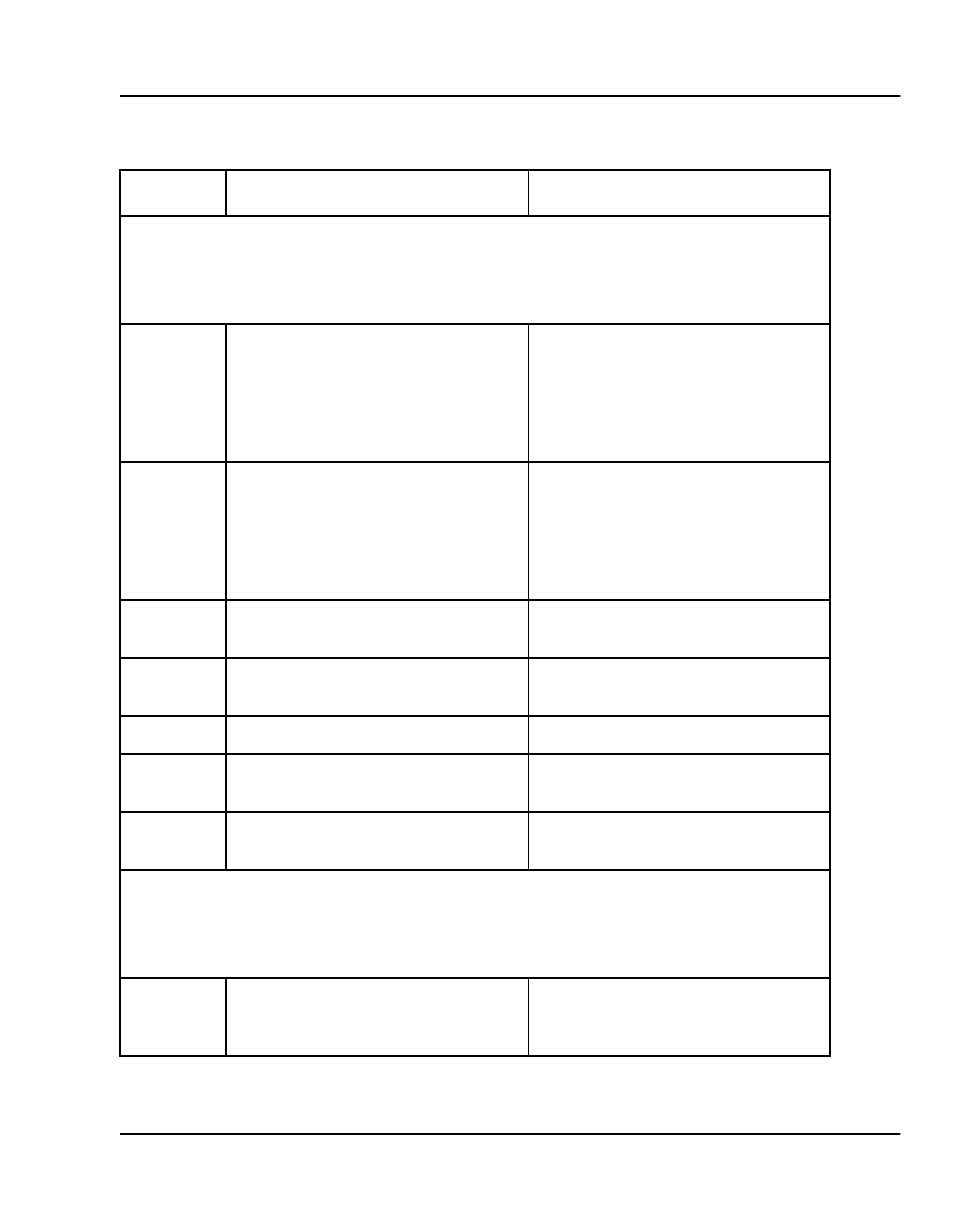- LG Software Innovations Coffeemaker User Manual
Table Of Contents
- Title Page
- Revision history
- Contents
- About this guide
- Description
- System requirements
- List of ITG ISDN components
- Ordering rules and guidelines
- ITG ISL Trunk card description
- ITG ISL Trunk card physical description
- ISDN Signaling Link
- Dialing plans
- Quality of Service
- Fallback to alternate facilities
- Type of Service
- Fax support
- Remote Access
- Per-call statistics support using RADIUS Client
- SNMP MIB
- Codec profiles
- Security passwords
- ITG Engineering Guidelines
- Introduction
- Network engineering guidelines overview
- ITG traffic engineering
- Configuration of Meridian 1 routes and network translation
- Assess WAN link resources
- QoS Evaluation Process Overview
- Set QoS
- Measure intranet QoS
- Implement QoS in IP networks
- ITG Trunk DSP profile settings
- Post-installation network measurements
- Estimate QoS level
- ITG MAT PC management configuration
- Install and configure ITG ISL Trunk node
- Before you begin
- Installation Procedure Summary
- Create the ITG Trunk Installation Summary Sheet
- Install and cable ITG trunk cards
- Install NTCW84JA Large System I/O Panel 50-Pin filter adapter
- Install NTMF94EA and NTCW84KA cables
- D-channel cabling for the NT0961AA 24-Port ITG Trunk card
- Set NT6D80 MSDL switches
- Install filter and NTND26 cable (for MSDL and DCHIP cards in same Large System equipment row)
- Install filter and NTND26 cable (for MSDL and DCHIP cards in different Large System equipment rows)
- Configure ITG Trunk data on the Meridian 1
- Configure dialing plans within the corporate network
- Configure ITG Trunk data on MAT
- Transmit ITG trunk card configuration data from MAT to the ITG trunk cards
- Set date and time for the ITG ISL Trunk node
- Change the default ITG shell password to maintain access security
- Change default ESN5 prefix for non-ESN5 IP telephony gateways
- Check card software
- Configure MAT Alarm Management to receive SNMP traps from ITG ISL Trunk cards
- Make test calls to the remote ITG nodes
- Upgrade an ITG Trunk 1.0 node to support ISDN signaling trunks
- Upgrade procedure summary
- Before you begin
- Install the DCHIP hardware upgrade kit
- Upgrade the 8-port ITG basic trunk software to ITG ISL trunk software
- Remove ITG 1.0 configuration data from Meridian 1
- Configure the Meridian 1 ITG ISL Trunk data: upgrade considerations
- Verify ROM-BIOS version
- Upgrade Troubleshooting
- OA&M using MAT applications
- OA&M using the ITG shell CLI and overlays
- Maintenance
- Appendix A: Calbe description and NT8D81BA cable replacement
- NTMF94EA E - LAN, T - LAN and Serial Port cable
- NTCW84KA E-LAN, T-LAN, DCH & Serial cable
- NTAG81CA Faceplate Maintenance cable
- NTAG81BA Maintenance Extender cable
- NTCW84EA DCH PC Card Pigtail cable
- NTMF04BA MSDL extension cable
- NTCW84LA and NTCW84MA upgrade cables
- Prevent ground loops on connection to external customer LAN equipment
- Replace cable NT8D81BA with NT8D81AA
- Tools list
- NT8D81BA cable removal procedures
- Appendix B: Environmental and electrical regulatory data
- Appendix C: Subnet mask conversion from CIDR to dotted decimal format
- Appendix D: Configure a Netgear RM356 modem router for remote access
- Index
- Back

Maintenance Page 297 of 378
ITG Trunk 2.0 ISDN Signaling Link (ISL) Description, Installation and Operation
Table 44
ITG Trunk 2.0 alarms (Part 1 of 6)
Alarm Description Fault Clearing Action
Alarm Clearance – For information purposes
These alarms indicate the clearance of an error condition. As such, no user
intervention is required. A number of these alarms indicate the clearance of a major
alarm shown later in this table.
ITG0100
Successful bootup. All alarms
cleared.
If this happens other than a known
power-on event or a user-invoked
card reset, the causes of recurring
bootup must be investigated.
Contact Nortel Networks technical
support.
ITG0101
Exit from QoS fallback. Normal
operation restored.
Indicates recovery from ITG0203.
Recurrent QoS fallback and
recovery can indicate network
faults, far-end ITG Trunk node
failure or network QoS
configuration errors.
ITG0102
Ethernet voice port restored to
normal operation.
Indicates recovery from ITG0402.
ITG0103
Ethernet management port
restored to normal operation.
Indicates recovery from ITG0403.
ITG0104
DSP successfully reset. Indicates recovery from ITG0204.
ITG0105
Exit from card fallback. Leader
card restored.
ITG0150
D-channel (Link Layer) restored.
Channels returned to service.
Indicates recovery from ITG0450.
Minor Alarms – No intervention required
These alarms indicate transient events that do not require technician intervention.
Recurring minor alarms indicate potential ITG node engineering issues that require
analysis by a technician.
ITG0200
Voice Ethernet buffer exceeded.
Packet(s) discarded.
Indicates T-LAN interface hardware
problems or excessive T-LAN
traffic.










